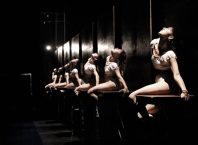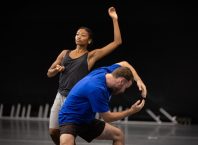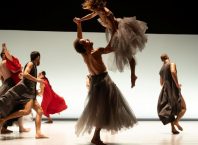In its focus on solo performances, Theatronetto collaborated this year for the first time with the Choreographer’s Society, presenting “Maholnetto” (Hebrew: dance neto), an evening of 5 short dance works. The participating choreographers were asked by Choreographer’s Society Director Sigalit Gelfand to create a dance in the spirit of a choreographer who had been an inspiration and influence on their approach to dance. The resulting works were as diverse as the inspiring muses – from Isadora Duncan to Merce Cunningham, Butoh to Flamenco, and even a reference to classical ballet.
At a time when the distinction between theatre and dance often seems all but non-existent, it was invigorating to see an entire evening that fit the description of “dance net” – relying on movement in relation to space, time and sound to communicate. Viewing the works in relation to the theatre performances at Theatronetto, accented the similarities and differences. In many respects, the challenges of the solo are similar: the solo performer must hold and sustain the audience’s interest, introducing enough variety and changes to intrigue, while retaining a sense of focus and coherence.
The participating choreographers were: Tami and Ronen Izhaki; Nimrod Freed; Tamar Borrer; Neta Shezaf; and Shlomi Frige.
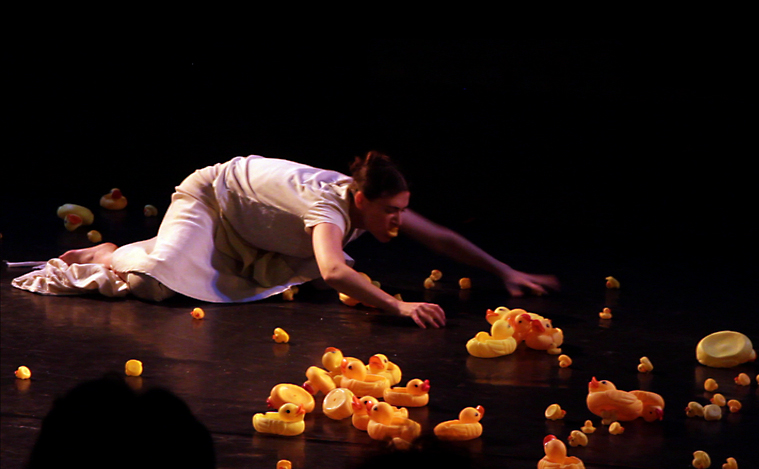
Be’etsev (In Sorrow), choreographed by Tami and Ronen Izhaki, was performed by Tami Izhaki. A tribute to French ballet dancer Sylvie Guillem, the work’s title refers to the verse in Genesis 3:16 “in sorrow dost thou bear children” and the tension between art and life, dance and motherhood. In a simple house-wifely shirt and skirt complete with apron, body jolted out of any pose or gesture as if undergoing electric shock, the dancer contends with motherhood and ambivalence, accompanied by surprising visuals.
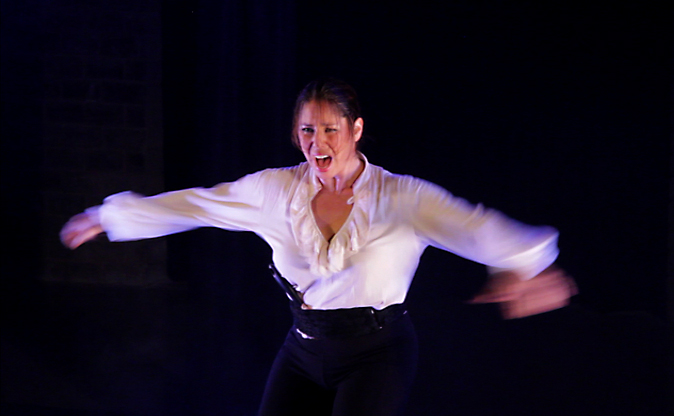
Amargo, choreographed and performed by Neta Shezaf, an interpretation of a work by Mario Maya, which was in turn inspired by a poem of Federico Garcia Lorca. Expressing the tension between life and death in a dance full of vigor and rhythm, this was the most narrative and theatrical of the five works.
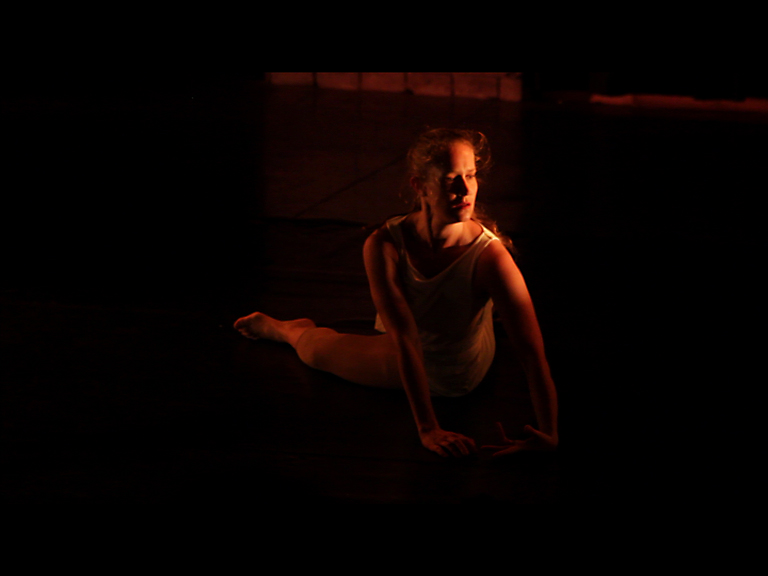
Isdorella, choreographed by Nimrod Freed, performed by Noa Shavit/Elinor Chertok/Yuko Imazaike. A tribute to Isadora Duncan (1878 – 1927) – sensual rebel and revolutionary, the first dancer to kick off her ballet slippers and dance barefoot. I don’t know which of the dancers named in the program performed that night, but clad in a slight white garment, Grecian folds embracing her waist, bathed in golden light and her movements flowing, she conveyed the freedom, sensuality and connection to nature associated with Duncan.
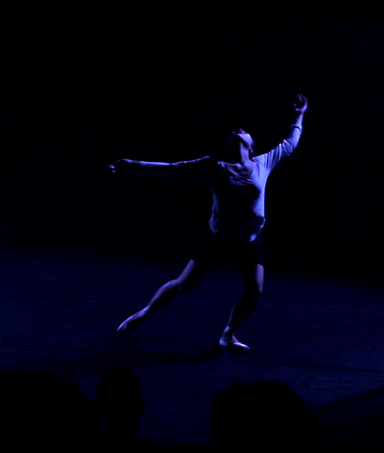
Laptop, Zebra, choreographed by Shlomi Frige, and inspired by choreographer Merce Cunningham and composer John Cage, who intentionally incorporated randomness as a quality of their compositions. Randomly determined sequences of movements, repetitions of a particular movement and other variables of the piece can be mixed and remixed, with a different outcome and experience each time. The choice of a choreographer-composer partnership as his point of departure is significant, as Frige is a choreographer and a composer, who also composed parts of the soundtrack for Laptop, Zebra – along with klf and J. S. Bach.
In the spirit of random change, the work is intended to be performed by different dancers. The night I viewed the piece, I believe the dancer to be Yuko Imazaike. Taking off from a traditional ballet pose in toe shoes, the asymmetrical eloquence of the dancer and dance were mesmerizing. The casual angularity and liquid flow of the unexpected, marked with moments of beauty and humor were a paen to the abstract.
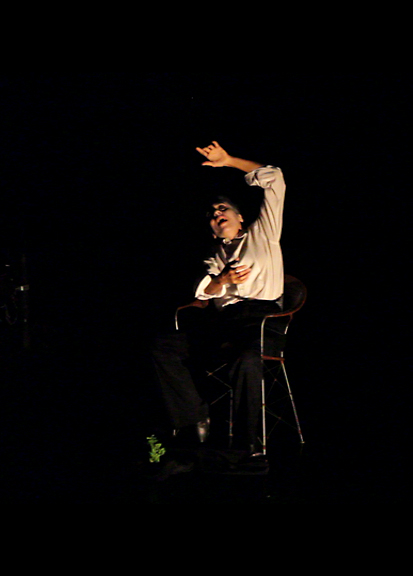
BIOGENESIS, choreographed and performed by Tamar Borer. A tribute to Kazuo Ohno, the spiritual father and founder of Butoh dance, the piece is inspired by Mahmoud Darwish’s version of the story of creation: He created the earth on a whale, the whale was in the water, and the water was over a stone, and the stone was on the back of an angel and the angel on a rock, and the rock was in the wind.” (my translation from the Hebrew program notes).
Yet no words of explanation were necessary to connect deeply to this beautiful brief piece by an accomplished choreographer/performer. The sense of something waiting to be born, reaching for the sky, the desire to grow, the affinity of ecstasy and agony – lips parted in prayer, wings spread in flight, the dance of the unknown and the ever-familiar in endless metamorphosis.

